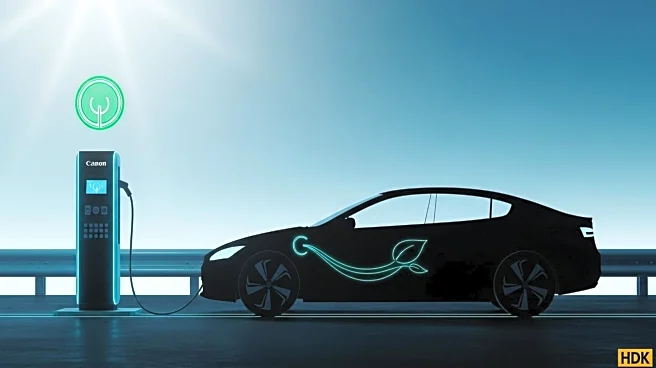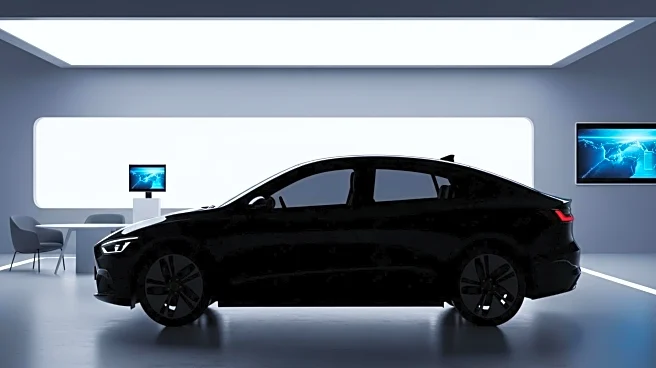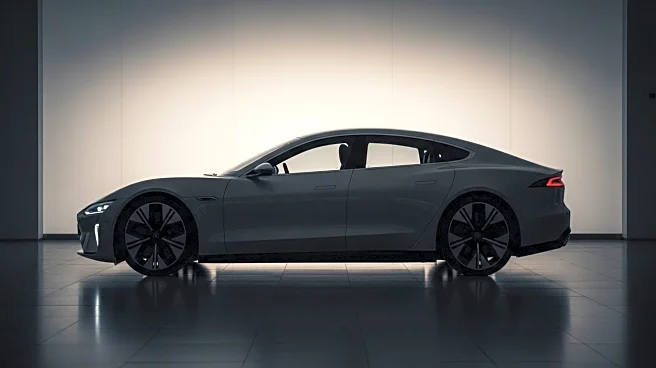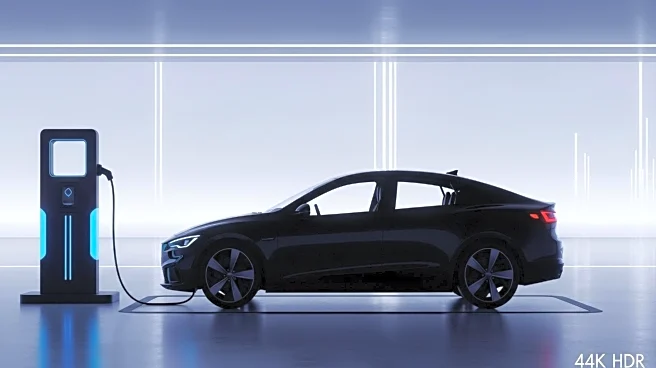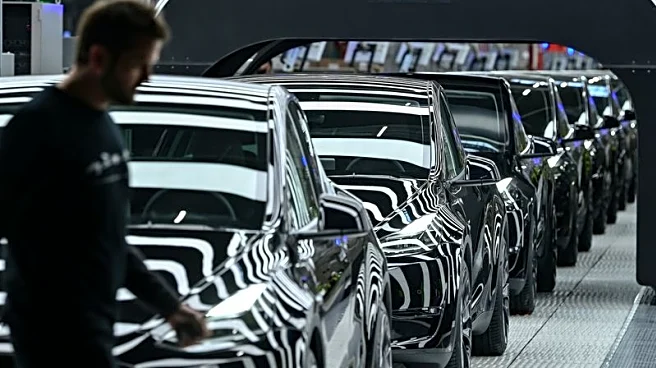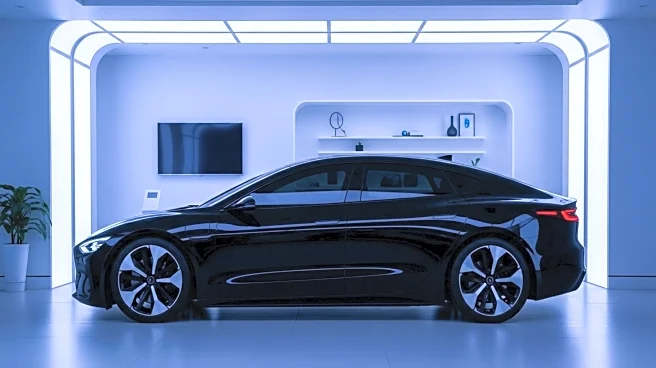What's Happening?
Tesla has unveiled more affordable versions of its Model Y SUV and Model 3 sedan, priced at $39,990 and $36,990 respectively. This move aims to counteract declining sales and market share amidst rising competition. The new 'Standard' versions offer 321 miles of range but lack features like Autosteer and rear passenger touchscreens. Despite the price reduction, Tesla's stock fell 2.1% as investors expressed concerns over the limited price drop compared to previous models. The unveiling is part of Tesla's strategy to attract a broader customer base following the expiration of a $7,500 U.S. EV tax credit.
Why It's Important?
Tesla's introduction of cheaper models is crucial for maintaining its competitive edge in the electric vehicle market, particularly as rivals in Europe and China intensify their efforts. The pricing strategy reflects Tesla's attempt to make its vehicles more accessible, potentially increasing its customer base. However, the modest price reduction may not significantly boost demand, posing challenges for Tesla's growth ambitions. The move also highlights the impact of government incentives on EV sales, as the expiration of tax credits has influenced pricing strategies.
What's Next?
Tesla plans to start deliveries of the new models between December 2025 and January 2026. The company may continue to adjust its pricing strategy to align with market conditions and consumer demand. As competition intensifies, Tesla might explore further innovations in vehicle design and technology to differentiate its offerings. Additionally, the company could face pressure to enhance its AI capabilities, focusing on areas like autonomous driving and robotics.
Beyond the Headlines
Tesla's pricing strategy raises questions about the sustainability of its business model, particularly in light of CEO Elon Musk's pivot towards AI and robotics. The focus on affordability may lead to concerns about product quality and brand perception. Furthermore, Tesla's approach could influence broader industry trends, prompting other automakers to reconsider their pricing and innovation strategies.

